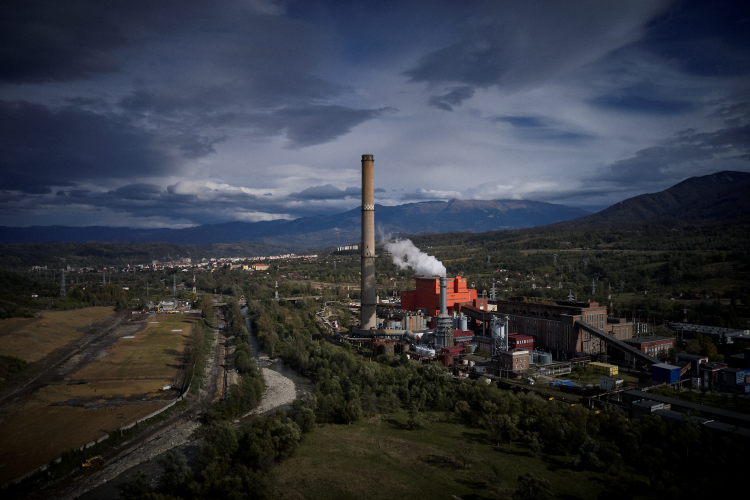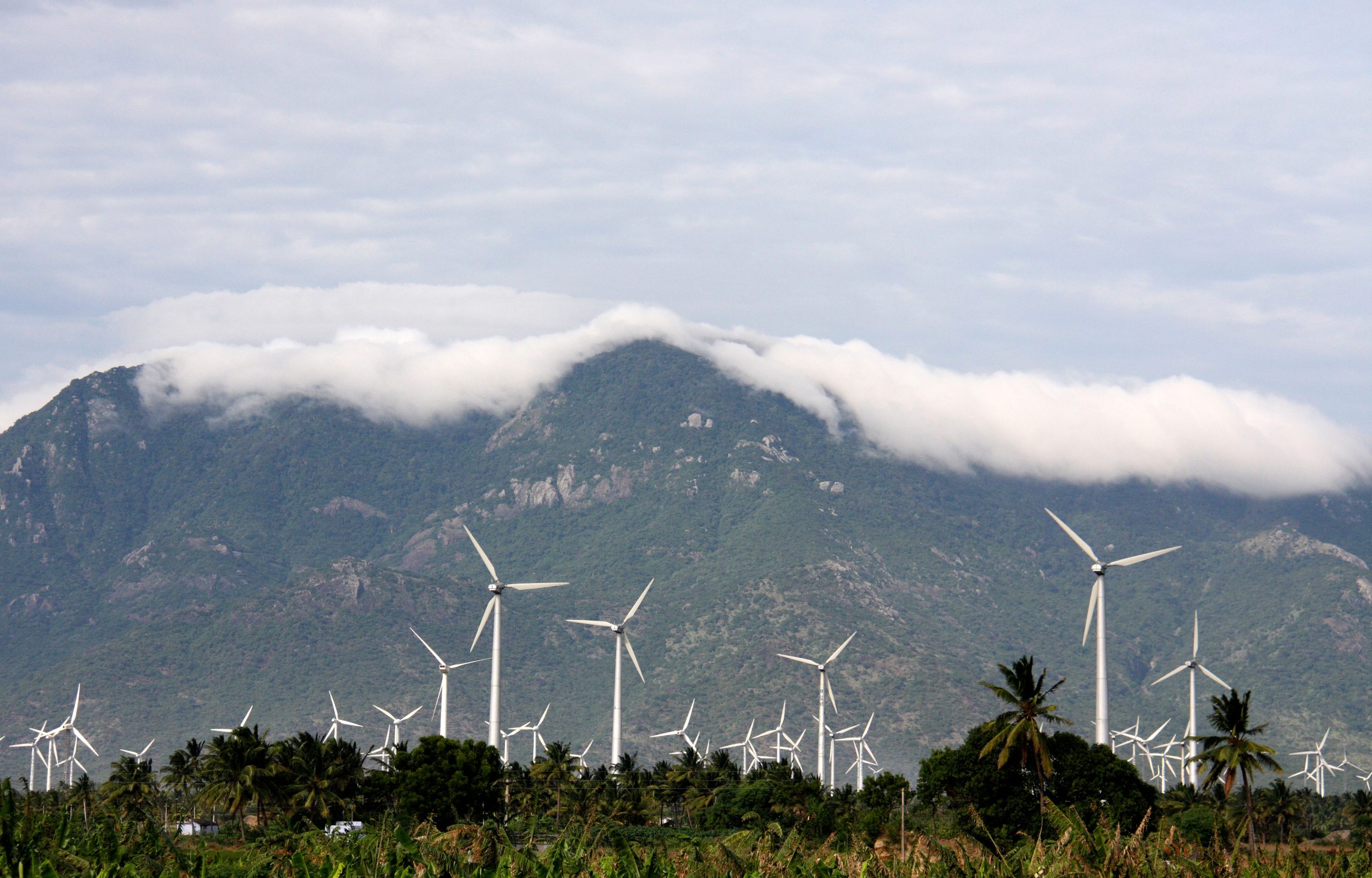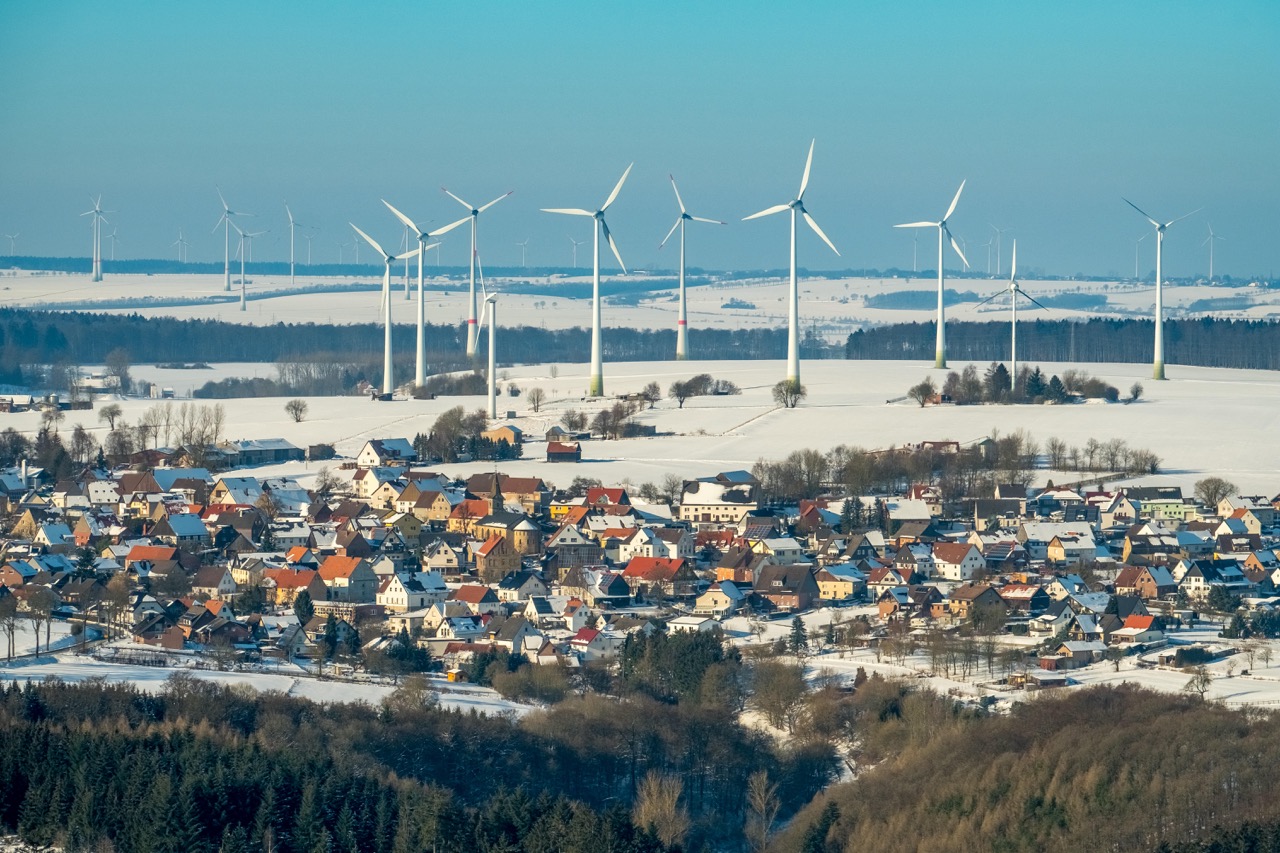Conclusion
Strides forward must be larger and faster
The clean transition took significant steps forward in 2023, with focus shifting to the creation of a flexible, efficient decarbonised power system. Faster implementation is now key to delivering the full benefits of the transition.
The EU is entering a new era in its energy transition. Russia’s invasion of Ukraine in February 2022 instigated a turning point away from fossil fuel reliance that has manifested into a structural shift and created an accelerated charge towards clean power.
In 2023, the EU substantially stepped up its move away from not only coal, but also gas. If 2022 saw a slight uptick in coal generation due to emergency supply measures and substantial issues with both hydro and nuclear supply, 2023 has reconfirmed the demise of coal across the EU. Gas generation has also been falling for the last four years and fossil fuels have reached new lows, accounting for less than a third of the EU’s electricity generation for the first time ever.
The lessons learnt that reliance on fossil fuels creates huge economic and security risks must not be, and do not appear to have been, forgotten.
It is widely accepted that an accelerated energy transition is the only solution to mitigate these risks. And wind and solar are driving the EU towards its new renewables target. While solar continues to lead the way in terms of rate of growth, wind is the major player, reaching a significant milestone in 2023 by overtaking gas generation for the first time. Despite record generation and capacity additions for both wind and solar, however, it is clear that deployment is not yet increasing at the required speed.
For the second year in a row, we have seen a significant annual fall in electricity demand, which has assisted progress in weaning off fossil fuels. But it is certainly not time to get complacent. EU power sector emissions saw their highest ever fall in 2023, but as the growth of electrification across all sectors brings increasing demand, ensuring this is covered by a step-up in renewables and their key enablers is crucial to achieving climate goals.
Related Content




